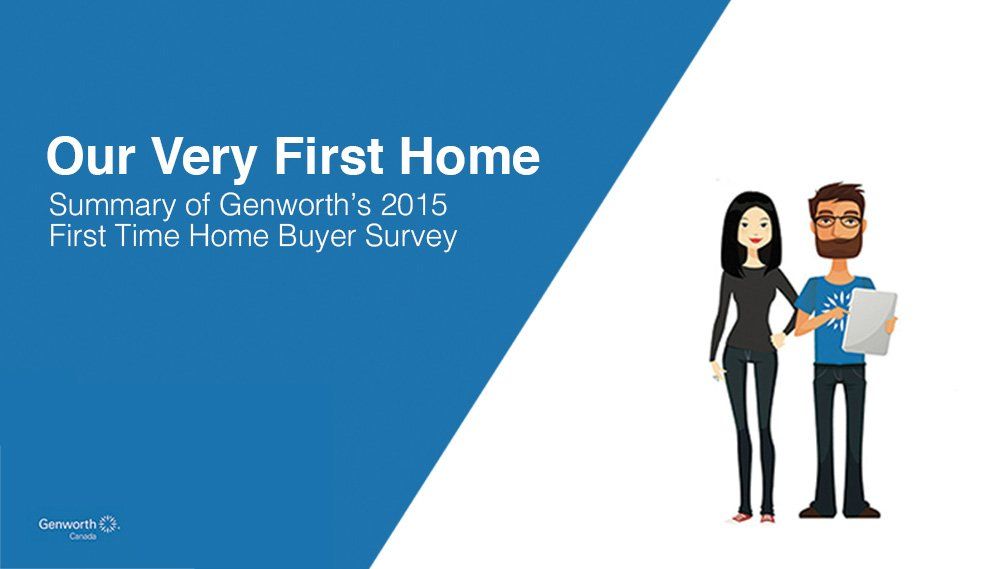Are First Time Home Buyers a Risky Bunch?
Not really. Actually not at all. According to the most recent Genworth survey, first time home buyers are “financially fit, well informed and eager to get into their first homes.” Taking it a step further…
“The survey shows that today’s first-time home buyers have their eyes wide open, their hands firmly on their pocketbook and are thinking hard before assuming the responsibility of homeownership,”~ Stuart Levings , President and CEO of Genworth Canada.
He even goes on to say “This prudence and careful planning should serve Canada’s housing market well as responsible first-time buyers grow into responsible long-term owners.”
This is great news! Click through for the Genworth Presentation (Slides) , the Webcast or the press release.
Also, here is an infographic that shares some interesting stats on first time home buyers.
So Why The Increase in Premium?
On April 2nd 2015 CMHC announced that effective June 1st, 2015, the mortgage loan insurance premiums for homebuyers with less than a 10% down payment will increase by approximately 15%. You can find that on my blog here >>
Genworth decided to follow suit and matched CMHC’s increase.
So with the survey results pointing to first time home buyers being a savvy bunch and not a risky bunch, is it a little odd that the same week Genworth increases it’s insurance premium? Isn’t premium based on risk?
Well… that conclusion is based on the assumption that first time home buyers are the ones purchasing homes with 5% down. Actually these survey results don’t show that at all.
Remember… anyone can purchase a home with 5% down, this isn’t a financing option that is limited to first time buyers.
Here are some stats from the survey about the downpayments of first time home buyers.
- The median home price was $293k, while the median downpayment was $34k representing 12% of the total home price.
- 69% of downpayment funds came from savings.
- 22% of downpayment funds came from a gift from a family member.
- 63% indicate making a down payment of less than 20% which means 37% had over a 20% downpayment.
Obviously it would be nice to know how many of the survey respondent’s did purchase with 5% down, but unfortunately Genworth didn’t release those stats.
So if you are a responsible first time home buyer, looking for some direction and help with the mortgage process, I would love to work with you (even if you only have a 5% downpayment).
Katherine Martin
Origin Mortgages
Phone: 1-604-454-0843
Email: kmartin@planmymortgage.ca
Fax: 1-604-454-0842
RECENT POSTS


MENU
GET IN TOUCH
550 – 2608 Granville Street
Vancouver, BC.
V6H 3V3
Fax: 1-604-454-0842
DOWNLOAD MY FREE EBOOK
Contact Us
We will get back to you as soon as possible
Please try again later
Katherine Martin. All Rights Reserved.
Privacy & Content Policy





